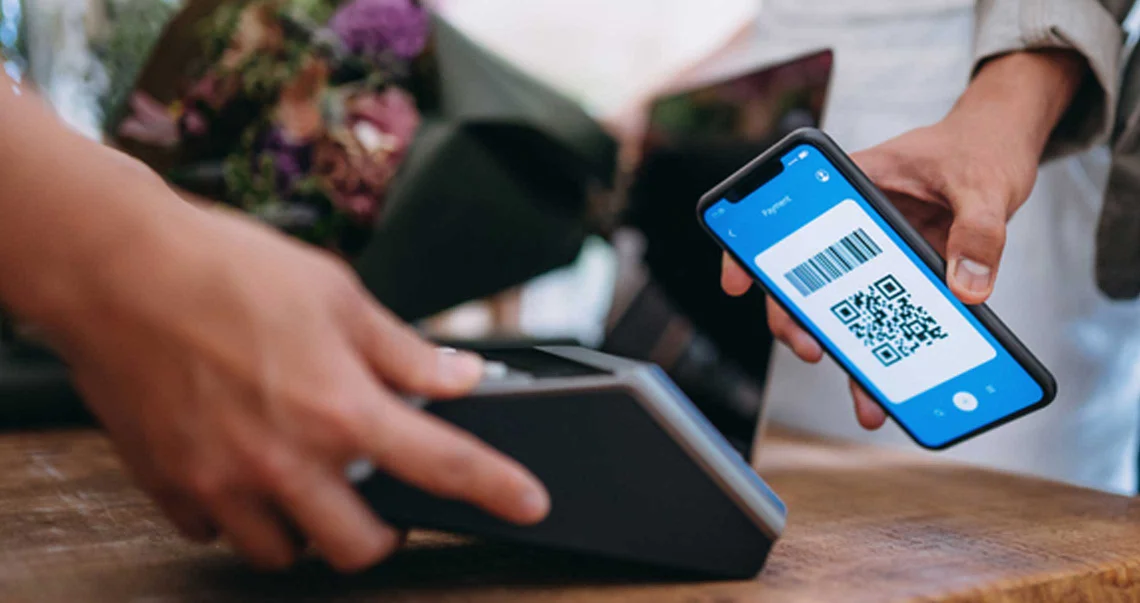Digital banking for business
Seamlessly access all of your accounts from one place with First Citizens Digital Banking for business.
As demand continues to increase for more payment methods that don't require person-to-person contact, quick response—or QR—code payment has gained popularity as a fast, secure and touchless way to pay.

Here's what you need to know if you're considering adding QR codes as a payment method for your own business.
Often used as an alternative to electronic funds transfers, QR code payment involves scanning a unique QR code using a mobile device's app. Apple Pay, PayPal and many other large digital payment platforms have begun using QR codes for fast, secure payments.
If you choose to accept QR code payments, you'll need to display a QR code somewhere within your physical location where a phone camera can scan it easily. When a customer scans the QR code, their smartphone directs them to a website or opens a payment-accepting app.
After you ring up a customer's purchase, they'll enter the transaction amount into their smartphone, select a payment method and complete the transaction. You'll both then receive confirmation that payment was sent and received. You can also ask to see the customer's electronic receipt on their smartphone for extra verification.
The entire transaction occurs in seconds, and the customer doesn't touch anything except their smartphone.
One of the most significant advantages of QR code payments is their ease of use. You could offer near-field communication, or NFC, to allow customers to tap and pay using credit cards, but this equipment is costly and requires training. It also requires customers to have an NFC-enabled smartphone or card, while QR code payment only requires a phone with a camera.
If NFC isn't a necessity for your business, QR code payment may be a more suitable option because all you need is an internet connection and your existing payment-processing software connected to a business banking account. And with QR codes, a customer's payment information isn't stored in your point-of-sale system—making each transaction more secure.
Just as self-checkout lanes rely on customer input that may lead to human error, there can be drawbacks to using QR codes. If a customer enters the wrong purchase amount, has an out-of-date credit card stored in their digital wallet or doesn't complete the transaction, it may lead to frustration for both parties and longer waits for other customers.
For this reason, QR code payments may be a better option if you're ringing up occasional transactions—like if your business is a specialty shop or offers professional services like plumbing, electricity or delivery.
The security, ease of use and lack of additional investment make QR code payments an attractive touchless digital payment option. To see if they're right for you, speak to your trusted business specialists—including your payment processor and business banker—to determine if you should add them to your existing payment options.
Email Us
Please select the option that best matches your needs.
Customers with account-related questions who aren't enrolled in Digital Banking or who would prefer to talk with someone can call us directly.